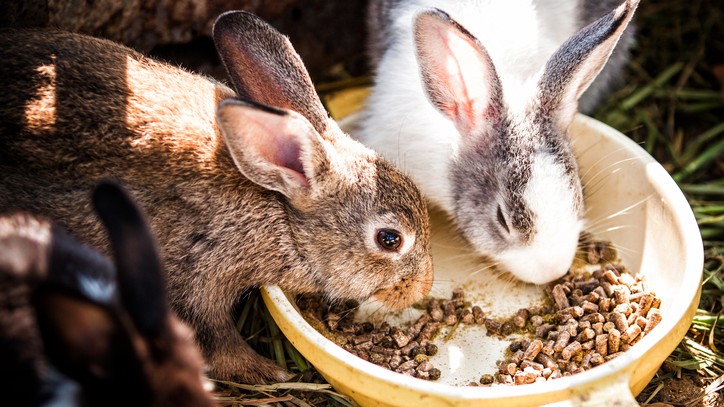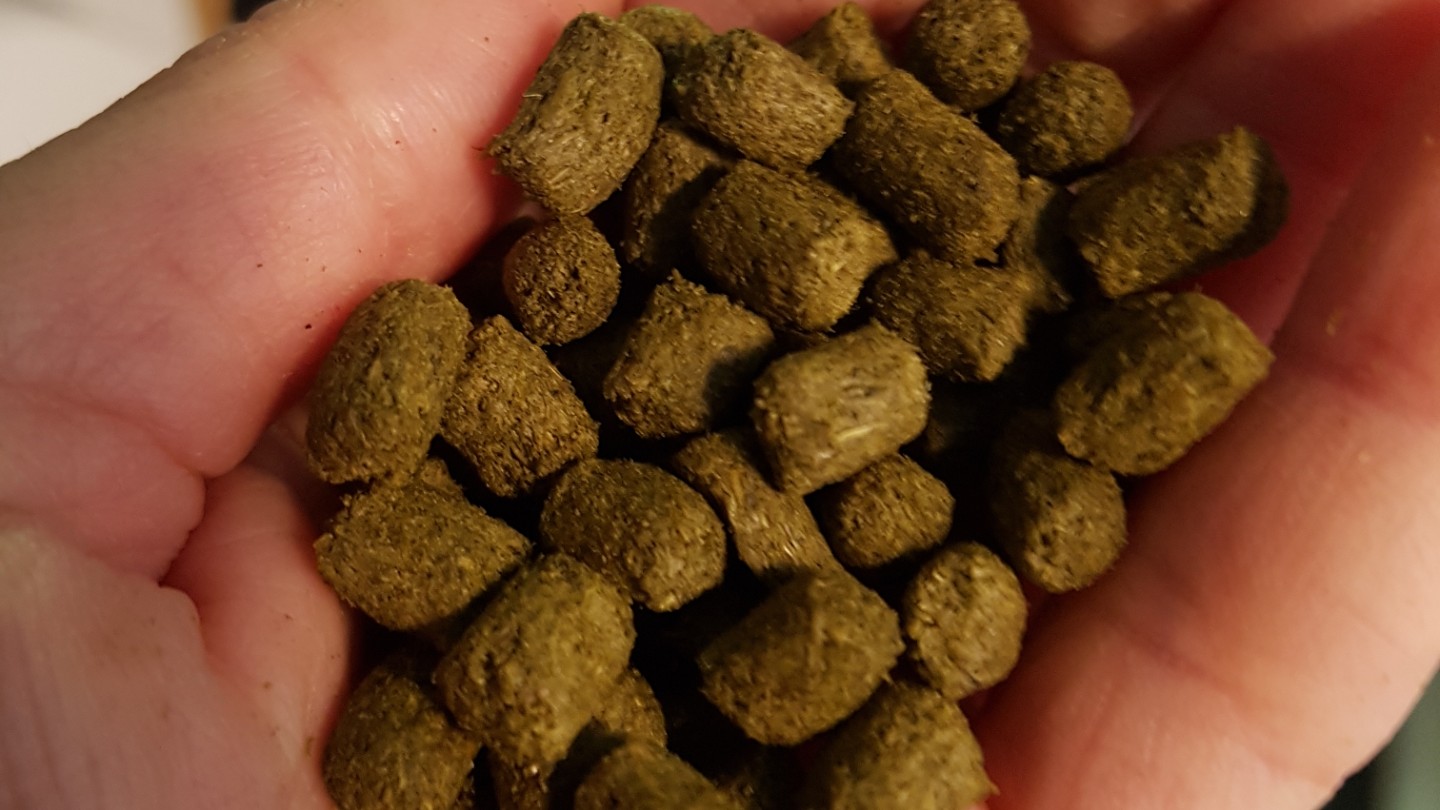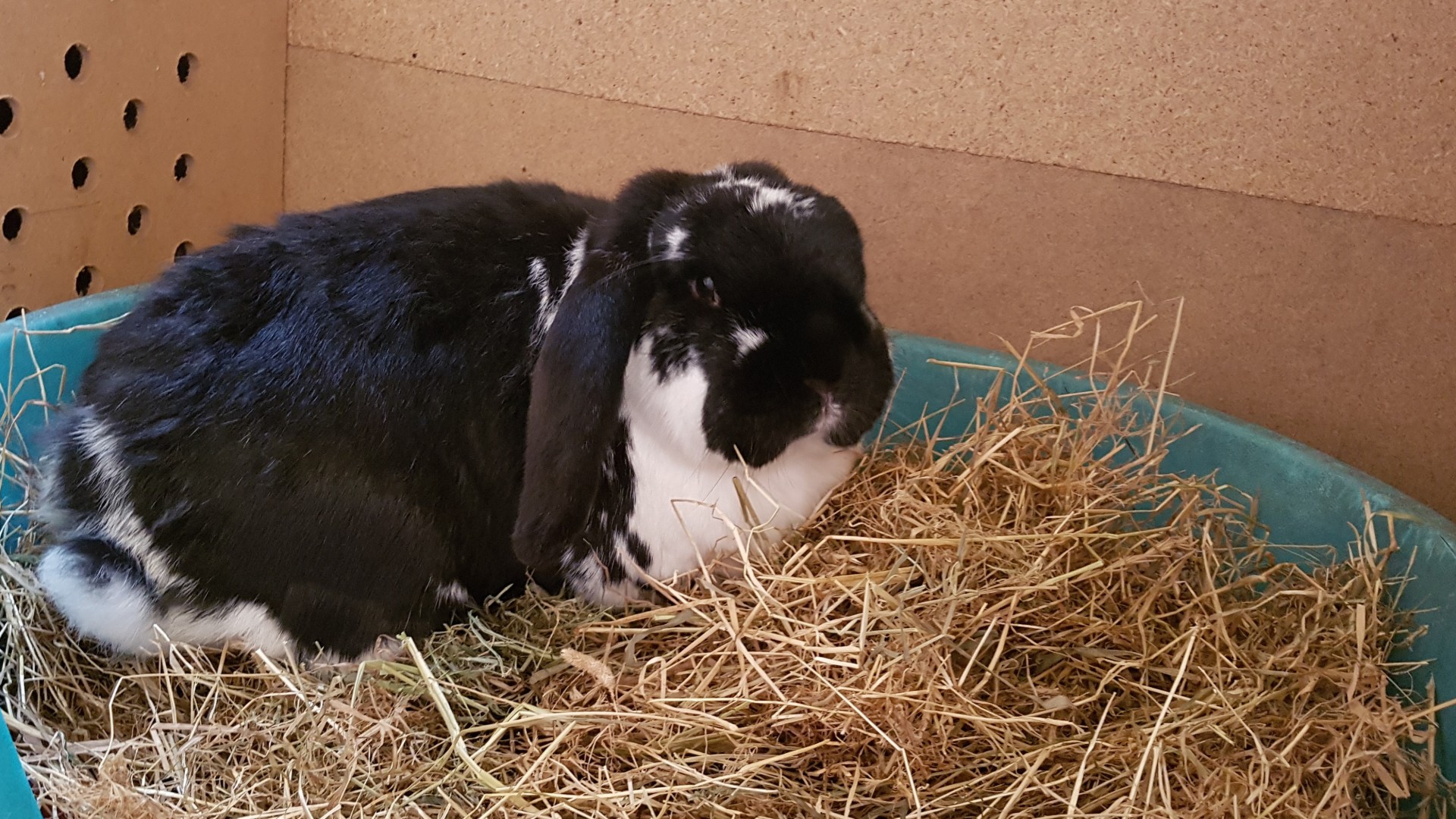Five do’s and don’ts of feeding rabbits correctly
Feeding rabbits correctly is imperative for their overall health and wellbeing, helping ensure they live a happy life

Advice on feeding rabbits has evolved over the decades, and now we know much more about how to feed rabbits correctly and what they should and should not eat.
A study in 2015 demonstrated that rabbits who ate mostly hay were less likely to become overweight or develop dental disease; two of the most common health problems suffered by rabbits who are not fed correctly, with obesity being a predisposing factor for other health conditions in rabbits too.
Many myths still exist about feeding rabbits and navigating through the information can be difficult, but there are some do’s and don’ts to remember, and when followed these will help you to ensure you are offering your rabbits a suitable and safe diet.

What not to feed rabbits
1. Don’t offer carrots and fruit
Contrary to popular belief carrots and fruit do not make suitable food items for rabbits. None contain any beneficial nutrients, and all contain high levels of sugar, which not only contributes to weight gain, but rabbits cannot digest sugar efficiently, so can lead to digestive problems. Lettuce is also not suitable for rabbits and should not be fed.
2. Avoid muesli mixes
These are the dried food that contain different colored and shaped pieces. They are often high in sugar, may be coated in molasses and encourage the rabbit to pick out the tastier pieces and leave any that may contain nutrition. These should not form part of your rabbit’s diet – instead, we’ve rounded up the best rabbit foods for you to choose from.
3. Never feed dairy and meat products
Rabbits cannot digest any products that contain dairy and are strict herbivores so only eat plant-based foods. Therefore dairy and meat products must never be fed.
4. Don’t give any of your food
Whilst it may be tempting to offer your rabbit a small piece of toast or a biscuit etc. this is not a good idea and is not a natural diet for your rabbit.
5. Grass clippings can be fatal
It is fine to feed your rabbit freshly hand-picked grass, but never feed clippings from lawn-mown grass. This quickly ferments and will encourage gas production in the rabbit’s digestive system, which can prove fatal.

Five things to remember when feeding rabbits
1. Hay, hay and more hay
The bulk of a rabbit’s diet must be made up of grass or the best hay for rabbits, which should form at least 85% of their daily diet. You should aim to feed at least a pile of hay the size of your rabbit each day, and if they will eat more than this, that is good.
Hay/grass helps them to wear down their teeth, which grow 2-3mm per week of their entire life, and to keep their digestive system moving. Hay and grass also take a long time to chew and they have to eat lots of it to gain sufficient calories, so prevents boredom and destructive behaviors seen in bored rabbits.
Whilst it may not be appealing to us, hay and grass are essential to rabbits. Hay should be fresh smelling and must not be dusty or moldy and rabbits should have the opportunity to graze on grass.
2. Do not overfeed the pellets
Feed a small amount of a good quality rabbit pellet/nugget. As we have already seen, feeding muesli is not recommended for rabbits. Rabbits should be fed a small amount, making up approximately 5% of their daily food ration (1 level tablespoon of pellets per 1kg of ideal body weight) each day.
The pellets should be eaten within no more than 30 minutes, ensuring the rabbit spends the rest of the day eating hay and grass. Feeding pellets/nuggets also prevents selective feeding.
3. Fresh food daily
Suitable vegetables and herbs can be offered daily and make up 10% of the rabbit’s daily food allowance. The RWAF has a comprehensive guide as to which fresh foods, both shop-bought and wild picked, are suitable to feed to rabbits.
If you pick wild plants for your rabbits, make sure you can identify them so you know if they are safe to feed, and wash them before feeding.
4. Introduce new foods slowly
When you offer your rabbit any new foods, do this slowly, so you only offer a small amount on the first day.
Gradually build the amount up over the next 10-14 days, checking the droppings and overall health of the rabbit each day for any sign of a reaction (uneaten caecotroph droppings, smaller/fewer droppings, sticky/wet droppings, lethargy or eating less).
If any of these occur, speak to your vet and stop giving that particular food.
5. Encourage enrichment when feeding
Scatter feed your rabbits to encourage a natural feeding pattern. Wild rabbits eat off the ground and are naturally moving around when eating. Scatter their pellet portion and vegetables into a pile of hay or on the floor to encourage them to move around.
This also helps stop the rabbit from eating the food too quickly, which is a potential choking hazard. It means one rabbit cannot guard the food against the other, preventing the other rabbit from getting any food. It also encourages a natural feeding pattern – the rabbits will burn off calories and take longer to eat their daily portion of pellets.

Get the diet correct
Getting your rabbits’ diet correct is important. Rabbits commonly suffer from a variety of health and welfare problems if their diet is not suitable for their species-specific requirements.
You should aim to offer a diet that mimics as closely as possible what a wild rabbit would eat. See abbitwelfare.co.uk for comprehensive advice.
Claire Speight writes on behalf of the Rabbit Welfare Association and Fund (RWAF)
PetsRadar Newsletter
Get the best advice, tips and top tech for your beloved Pets
Claire currently works in Kettering as a Head Nurse in a practice with a high rabbit caseload, as well as frequently lecturing and writing on rabbits to both veterinary professionals and owners.

